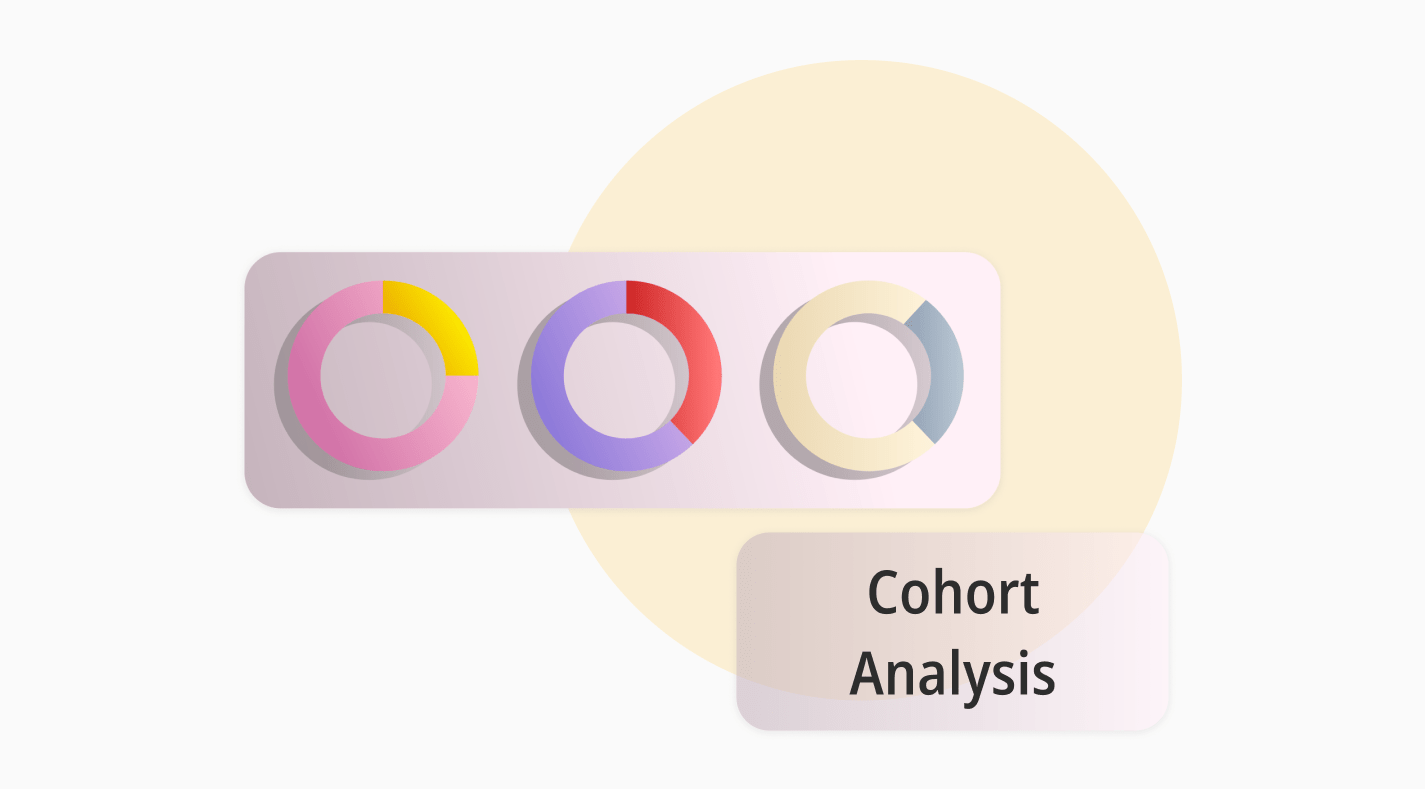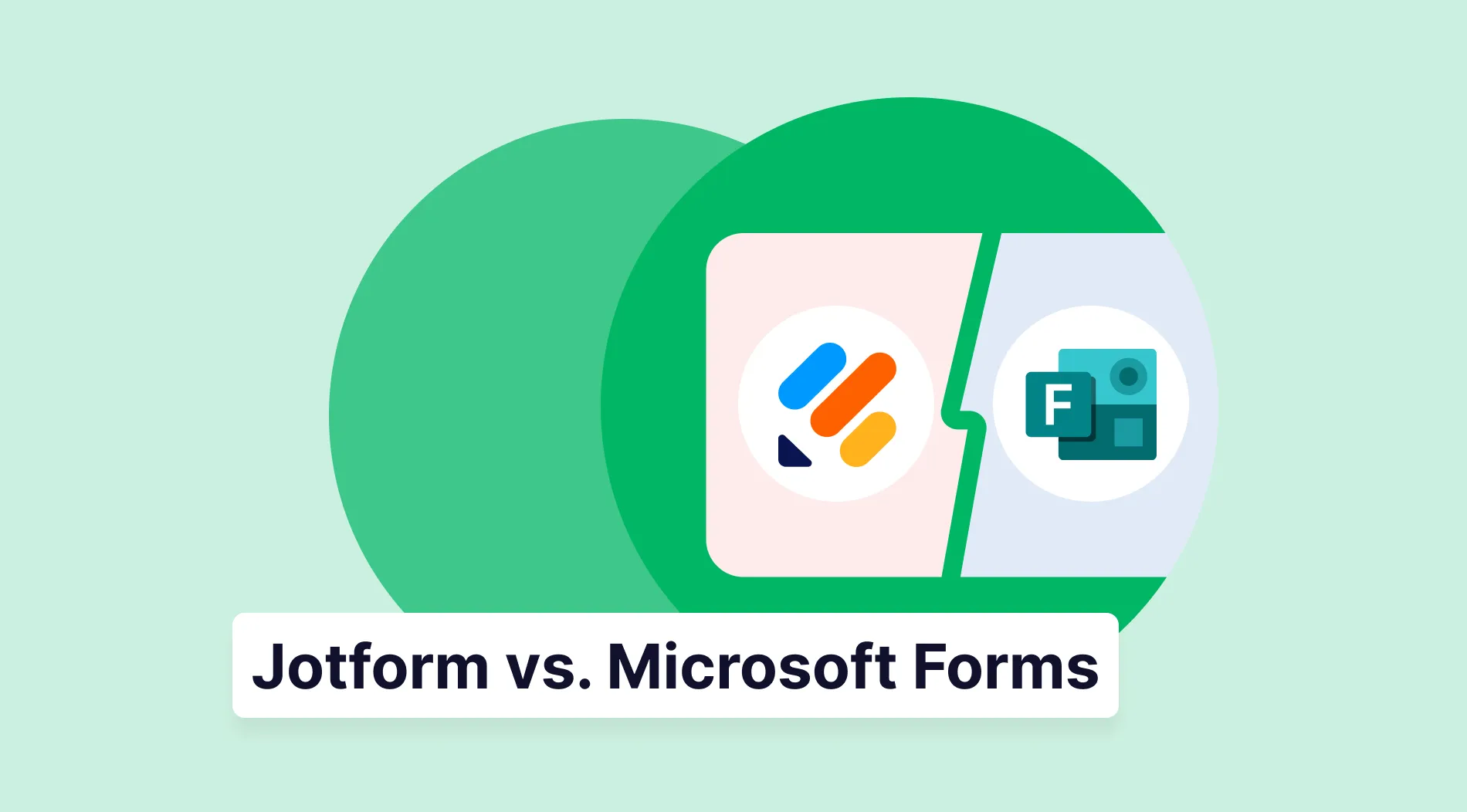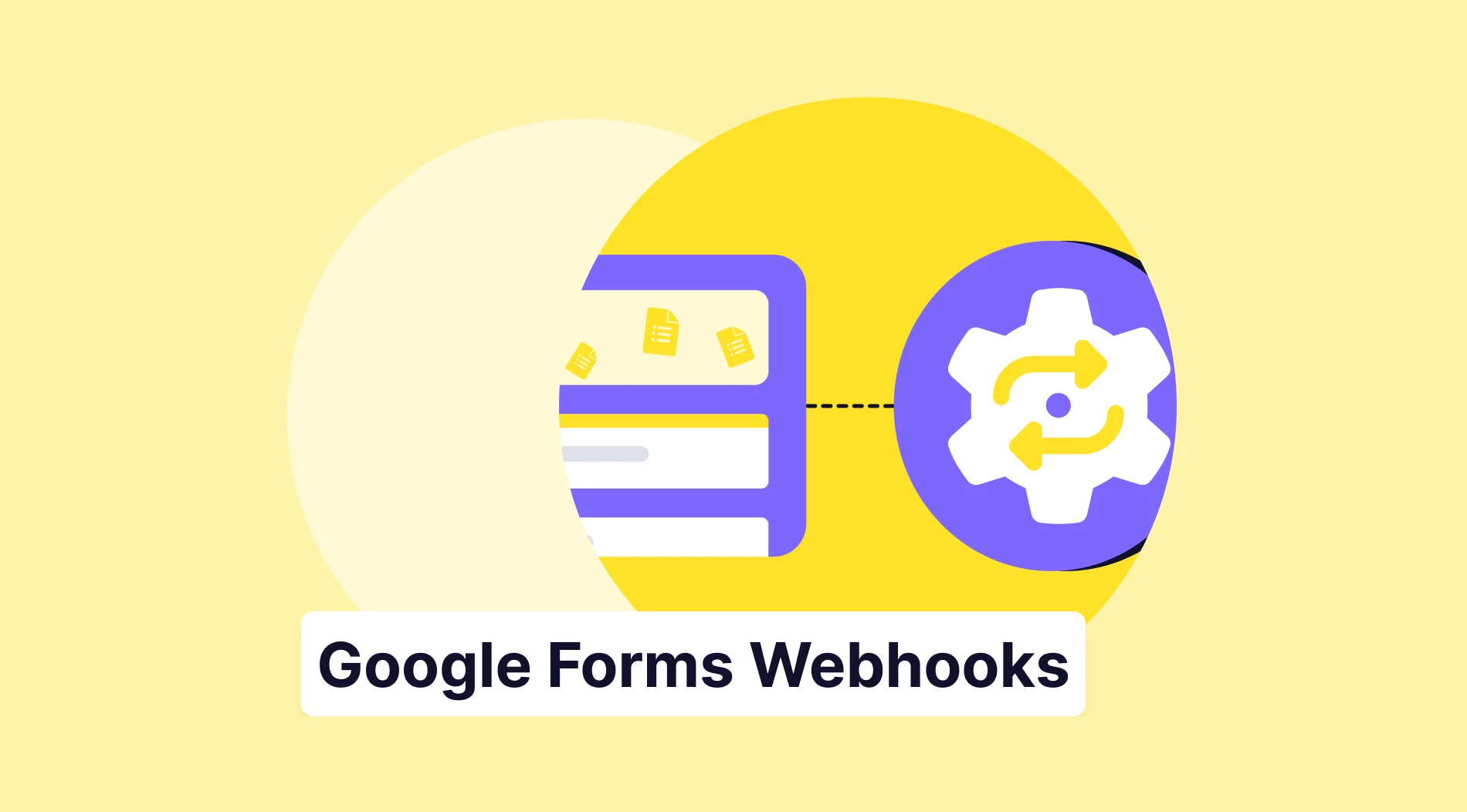After working hard for so long, your business may have achieved tremendous success, but it requires continuity. Your customers may be happy with you now, but do you know what will happen tomorrow? This is where cohort analysis comes into play. Examine a specific group using various research methods. Use cohort analysis in marketing or retention research and maintain your business.
This blog post will first tell you what cohort analysis is. Once you are introduced to the cohort analysis, it will provide examples of when you should use the analysis. This post will then explain how you can benefit from the analysis. Finally, it will provide you with information about this subject by showing its types and example situations from business life.
First things first: What is cohort analysis
Cohort analysis is a type of research method that measures the behavior of a specific group using various techniques and tools.
Research can be conducted over time or for a particular period of time, resulting in patterns such as product usage or retention. These patterns then play an essential role in reducing churn rates and increasing profits by providing businesses with new insights.
Cohort analysis is performed in very simple steps. First, you determine the purpose of your analysis. You then find the appropriate data through surveys, sites, or applications. You can use a data visualization tool and create a data chart. Then, you examine the metrics and follow a method that is as limited and effective as possible. You identify your cohorts and highlight the differences and similarities between them.
When to use cohort analysis
Cohort analysis is a powerful tool that businesses use at critical turning points and when they are trying to ensure continuity. It is effective because it reveals nuances that are invisible to the naked eye. Businesses get help from it when creating strategies for their customers and setting new goals accordingly.
- When understanding user retention, utilize cohort retention analysis to roughly calculate how long your service or product will be retained over time.
- When segmenting your customers, use cohort analysis to identify different groups of users and customer behaviors and characteristics.
- When evaluating the business performance, track the user/consumer satisfaction and marketing campaign status.
- When assessing the adoption rate of a new product or service, find out how long it took for it to be adopted and which groups preferred it more.
- When calculating customer lifetime value(CLV), use cohort analysis to aid strategic decisions for your cohorts.
Advantages of using cohort analysis
Cohort analysis, in every sense, is an excellent tool for businesses to deeply understand their customers, produce appropriate solutions, and make choices. Below, the advantages of cohort analysis are stated more clearly, making it easier for you to understand:
- The first thing to come to mind when recounting cohort analysis is retention. It ensures that your customers do not give up on you and that you take care of them so they continue choosing you. It reveals potential risks and reveals customer experiences.
- It allows you to understand how effective, solid, and smooth your work is. It will enable you to stabilize your revenue or increase this revenue with your decisive actions for certain cohorts.
- It allows you to have a targeted decision-making process. If you have a website or mobile application, you can fill it with personal ads and recommendations specific to your customer. If users are satisfied with both your website and your application, this will be another reason for them to choose you.
Cohort analysis types
Cohort analysis is actually a very limited field of research. Therefore, their methods are also limited. But never think of this as a bad thing. In fact, you should be happy about this because it indicates that you will be able to choose the suitable method and how small your margin of error will be.
Two main cohort data analysis methods will be mentioned below, but other than that, you can always take advantage of different data analysis methods, such as descriptive analysis.

Types of cohort analysis
Behavioral cohorts
These groups show common patterns in their behavior when purchasing a product or service. These people may have different socio-economic conditions, gender, or age, and this type of analysis aims to reveal this.
Acquisition cohorts
These groups are classified according to their engagement with your product or service. The benefit of this type of cohort analysis is that it provides the opportunity to measure churn rate and retention by understanding user engagement.
So, to summarize, behavioral cohorts focus on user behavior related to a service or product, while acquisition cohorts focus on time and resources. Businesses can get actionable insights using these two types of methods.
Examples of cohort analysis
It was explained what cohort analysis is and what types it has. Now, it is necessary to support this with examples of how cohort analysis will help you in your business life.
Example #1
Cohort analysis, which is frequently used in digital marketing, has many benefits. It can be said that the data fed from the virtual environment especially gives faster and more effective results than the data collected from surveys conducted in the outside world because it is pretty simple to identify the products and services that your users or consumers click on, spend time with, and like.
By classifying these trends and the groups that follow them, you can improve their digital shopping experience.
Example #2
Businesses that work with subscriptions benefit from cohort analysis when providing services accordingly. Rather than attracting new customers, you can ensure that your existing customers are in a more prosperous and comfortable environment. All you have to do is understand them better and find out what they are interested in.
For example, when offering subscription opportunities for a group of young individuals with low socio-economic levels, this is naturally expected to differ from those with high socio-economic levels. This is not a double standard but rather a situation of equalization and opportunity.
Example #3
Cohort analysis, which is also common in digital games, plays an important role in keeping the player base. For this, where your player base finds your game (website, Instagram, YouTube, or Twitter) is important information. You can reach them and carry out your advertising activities using this.
Example #4
Software companies also use cohort analysis in SaaS(software as a service). For example, when they introduce a new feature, they may want to increase its adoption rate among different user groups. Therefore, they can understand how quickly and widely this new feature is used with a cohort analysis that will reveal users' usage patterns.
Final words
Cohort analysis is an excellent way to identify users with their characteristics, such as their purchase dates and first and last interaction dates with the product or service. Customer groups are organized according to this classification. It offers businesses actionable insights based on their behavior patterns and tendencies to reach these different groups. So, ultimately, it provides important and valuable information for your customers' satisfaction.
This article first defined cohort analysis and offered examples of when to use it. It then showed how this analysis will benefit your business by stating its advantages. Finally, valuable examples demonstrated which methods are used. You've taken one step further to take your business to the next level.
Atakan is a content writer at forms.app. He likes to research various fields like history, sociology, and psychology. He knows English and Korean. His expertise lies in data analysis, data types, and methods.



